Special report on Hartmann, Panama | Coffee treated with red wine, showing the mellow aroma of red wine
Panama Hartmann Black Winey
Red wine treatment of Hartmann Manor in Panama
Country: Panama
Grade: SHG
Producing area: Walken producing area
Altitude: 1250-1700 Meters
Treatment method: red wine treatment
Variety: Kaduai
Manor: Hartman Manor
| 01 | production area profile |
An important reason for the unique quality of Panamanian coffee is its microclimate. Bordering Costa Rica and Colombia, Panama's east-west environment allows cold air to flow through the Central Mountains at more than 6500 feet, creating a very unique microclimate in the Boquete and Volc á n Candela regions, making it a major producer of Panamanian coffee. The land around this area is rich in nutrients, and these fertile soils provide perfect conditions for the growth of coffee, creating a large number of unique, high-quality coffee.
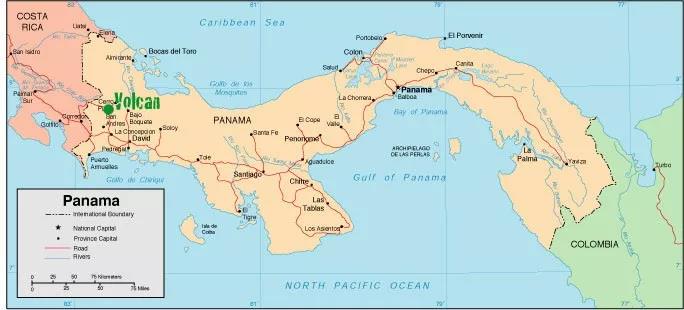
Walken producing area
When it comes to Panamanian coffee tradition, most of the boutique coffee producing areas that are familiar to the public come from Boquete, but in recent years, coffee from Volcan has gradually emerged in the boutique market, and at the same time, a considerable number of estates have entered the best Panama competition (Best of Panama) or even won the championship. Generally speaking, the average annual rainfall in Walken is less than that in Borquette. At the same time, the geographical environment located to the west of the Baru volcano also gives coffee a stronger dried fruit flavor, sweetness and aroma than the Boguet region.
In the early days, most of the cash crops such as fruits and vegetables were grown in Walken, and only a few farmers grew coffee, among which the pioneer of coffee cultivation in Walken belonged to the Hartman family, which was well-known in Panama.
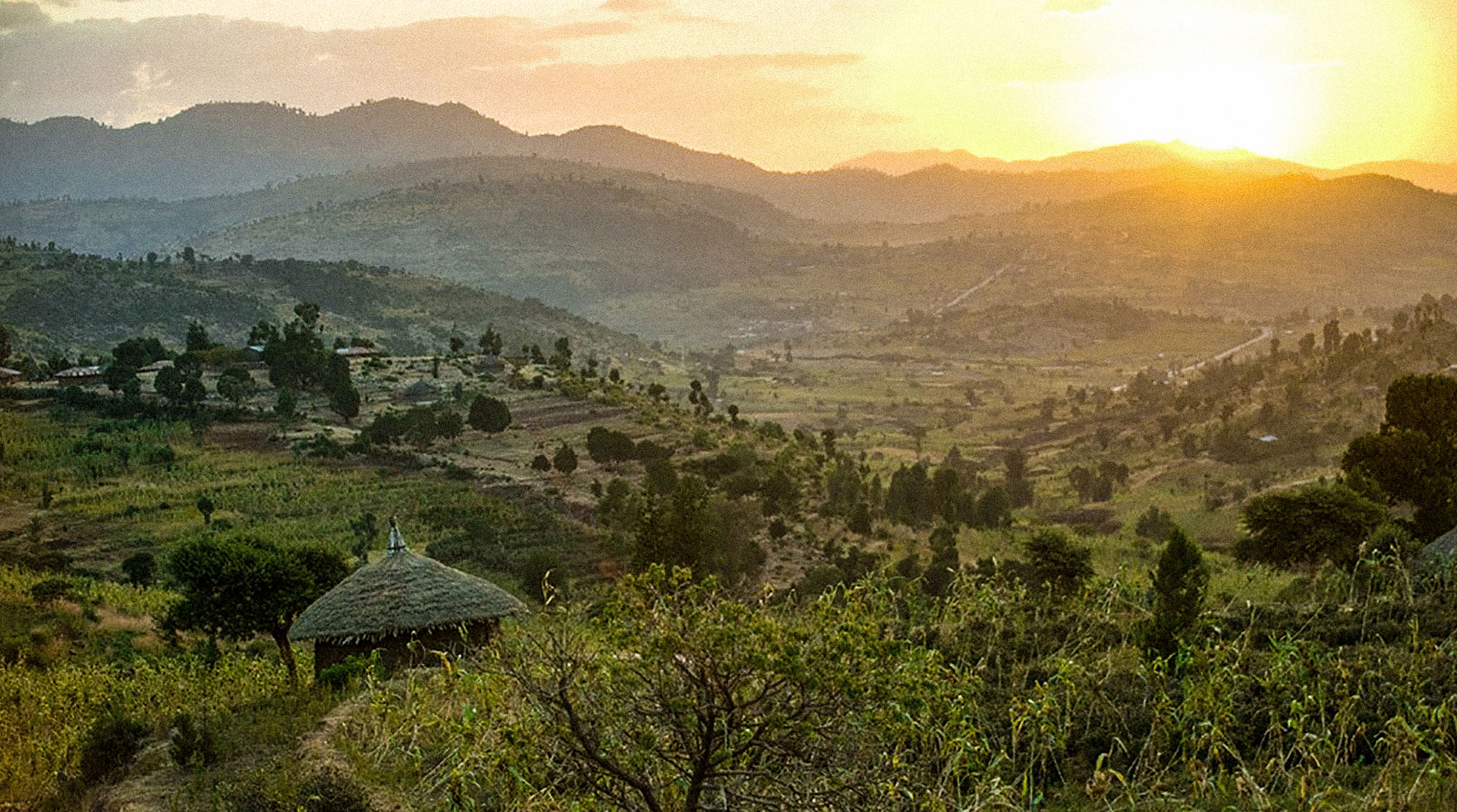
Hartman Manor
At present, it is known that two books have been published on the theme of bird-friendly and tree-shaded cultivation of Hartman Manor, and more than 10 papers have been published in scientific journals, indicating that their reputation is not only famous in the coffee industry. Its efforts to protect the environment have spread far beyond the scientific community.
Today, the estate is continuously run by the third generation of the family, and Mr. Ratibor Hartmann and his four brothers and sisters play different roles in the estate, living together and growing coffee for a living.

Legendary History of Hartmann Manor
Hartman's story, like his coffee, is legendary. Hartman Manor is located in Chilidge, Santa Clara. The founder is called Mr.Alois St. Hartmann (Luis Hartmann). He was born on June 20, 1891 in the Moravilla region of Austria and Hungary in what is now the Czech Republic, and died on May 25, 1970 at the age of 78. After the beginning of World War I, he was abandoned as a little boy. Thanks to his mother, he was able to hide in a ship bound for Pennsylvania and survived.
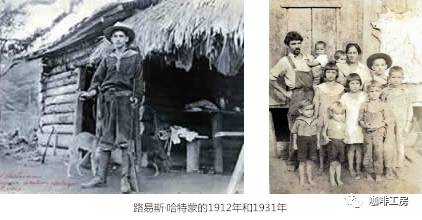
Both of his brothers died in the war after joining the army. Luis Hartmann and his friends traveled to some countries until he came to Panama in 1911 and settled in Chiriki province in 1912, mainly in the Kendra region. He built his first cabin in the primeval forest. Today's Hartman Manor is a family business founded by Latip Hartman (son of Eloise) in 1940.
In 1966 Latip married Dinola Sandy of Costa Rica. They have five sons, Latipa Jr., Alan, Alexander, Alice and Kelly. Each family member is responsible for the growth management, harvesting and handling of the coffee and the visit to the manor. The family business has a state cup testing laboratory and a sample baking room. Test each batch of coffee fruit with a rigorous attitude and strict standard cups. This ensures that the coffee quality at Hartman Manor is stable and is always looking for progress. Their scientific attitude towards coffee and nearly 100 years of family experience ensure that they produce excellent products, and a family farm that has grown coffee for more than 100 years is itself a legend.

The Hartman family also manages and handles coffee for many Panamanian estates, such as Best of Panama's victorious mule estate (Finca La Mula) and the 90 + estate in Panama are under the management of the Hartman family. Although the estate is very low-key, Best Of Panama will rarely see them, but their coffee is one of the best in Panama. Panamanian coffee is famous today, thanks to the Hartman family.
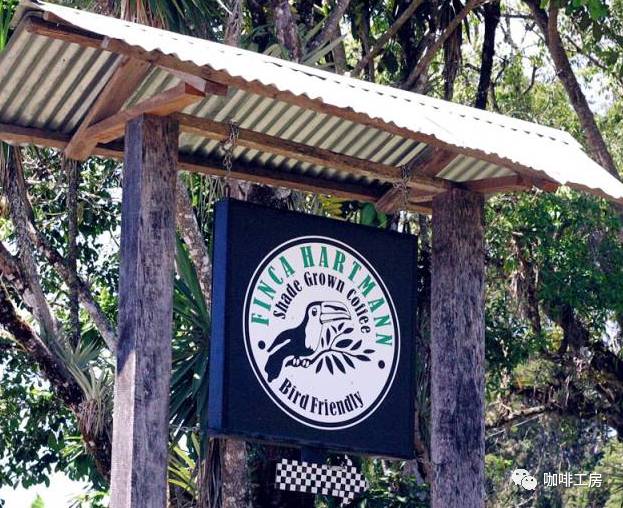
02 | processing method
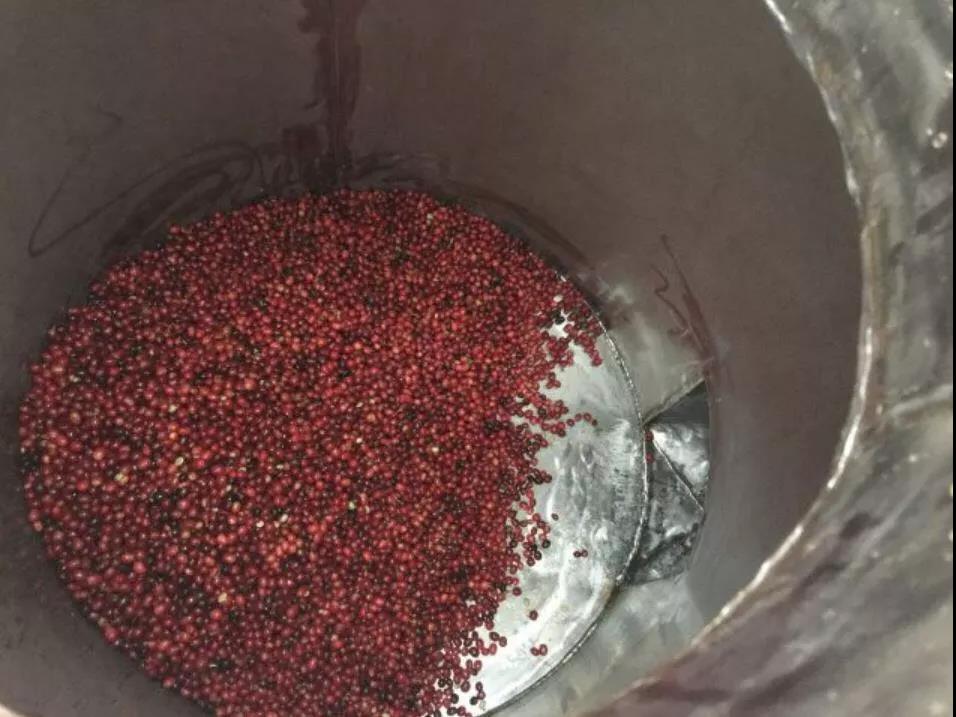
Red wine treatment (also known as carbon dioxide treatment)
It can also be called the treatment of red wine, which is inspired by the brewing technology of red wine. The rules of red wine treatment can be used to control the PH value, even temperature and humidity.

To ensure the quality of coffee beans, and airtight fermentation makes aromatic substances less volatile. Carbon dioxide impregnation is a new treatment method applied in red wine treatment.
The coffee bean is removed from the pulp and peel and put into a stainless steel container and put into carbon dioxide gas to make it oxygen-free. Seal the fermentation bucket so that more aromas can be developed.
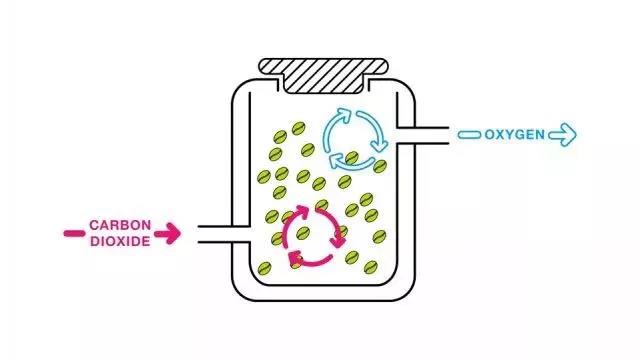
The Origin of Red Wine treatment
The traditional treatment method is difficult to control the changeable fermentation degree of coffee beans. But red wine treatment rules can ensure the quality of coffee beans by controlling PH value, even temperature and humidity, and airtight fermentation makes aroma less volatile.
The red wine treatment of coffee beans, also known as red wine treatment, is inspired by the brewing technology of red wine. For example, eight estates in Colombia have successfully introduced coffee beans treated in this way to the market. According to the data of these eight estates, we can roughly divide the types of red wine treatment into: acetic acid fermentation (Aerobic aerobic fermentation), lactic acid fermentation (Anaerobuic anaerobic fermentation), mixed fermentation (Mix Fermentation=Aerobic+Anaerobuic).
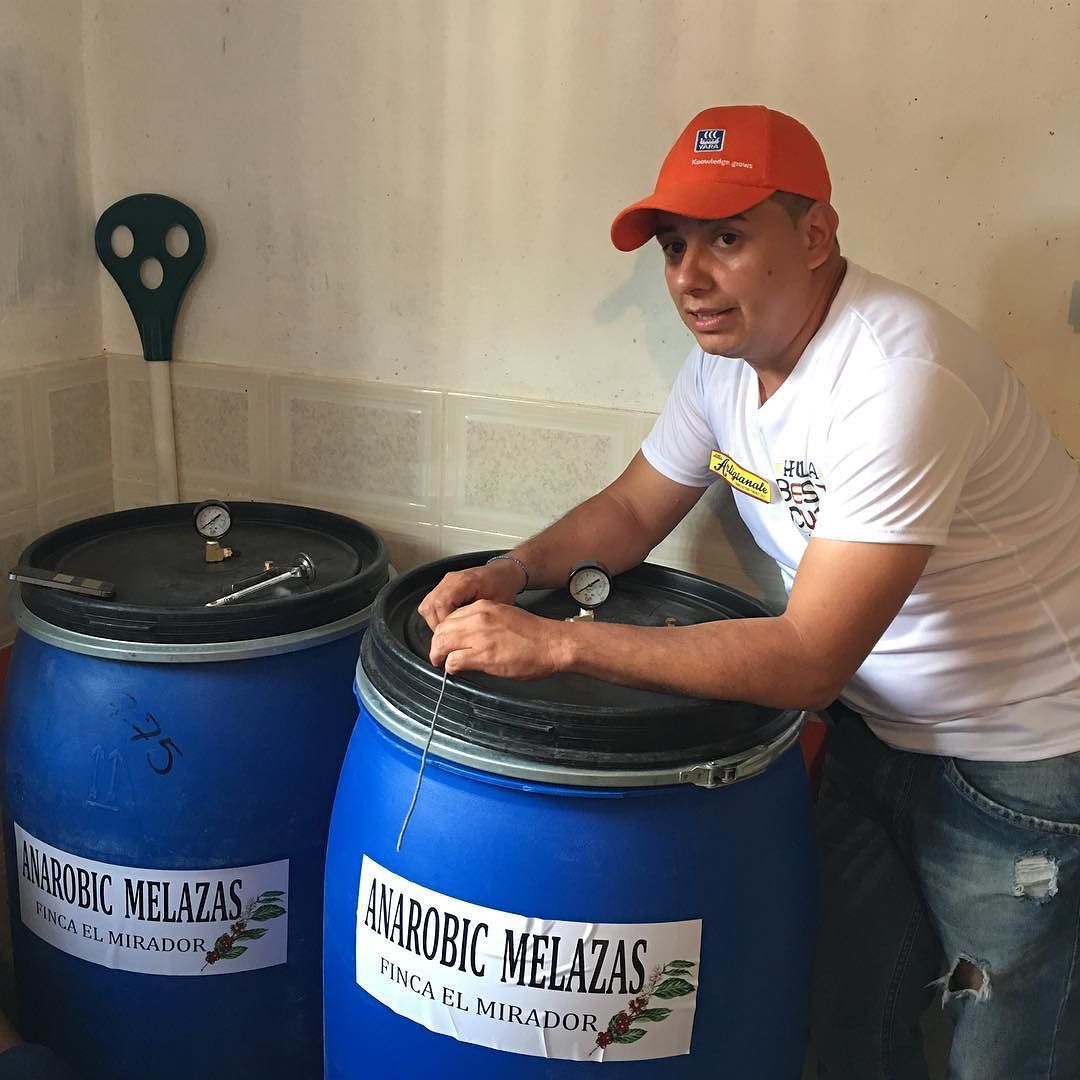
03 | Analysis of raw beans
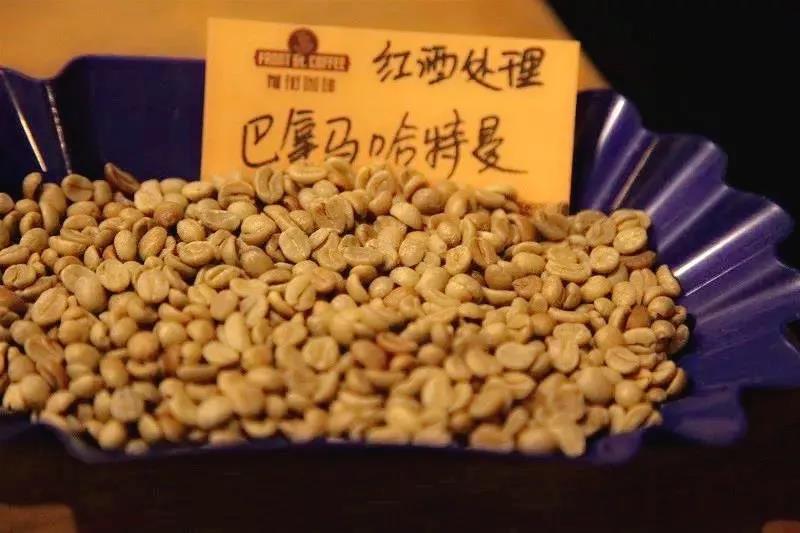
[Panamanian Hartman Manor Red Wine treatment] the variety is Kaduai, grade SHG, with orange, jasmine aroma, red wine honey feeling
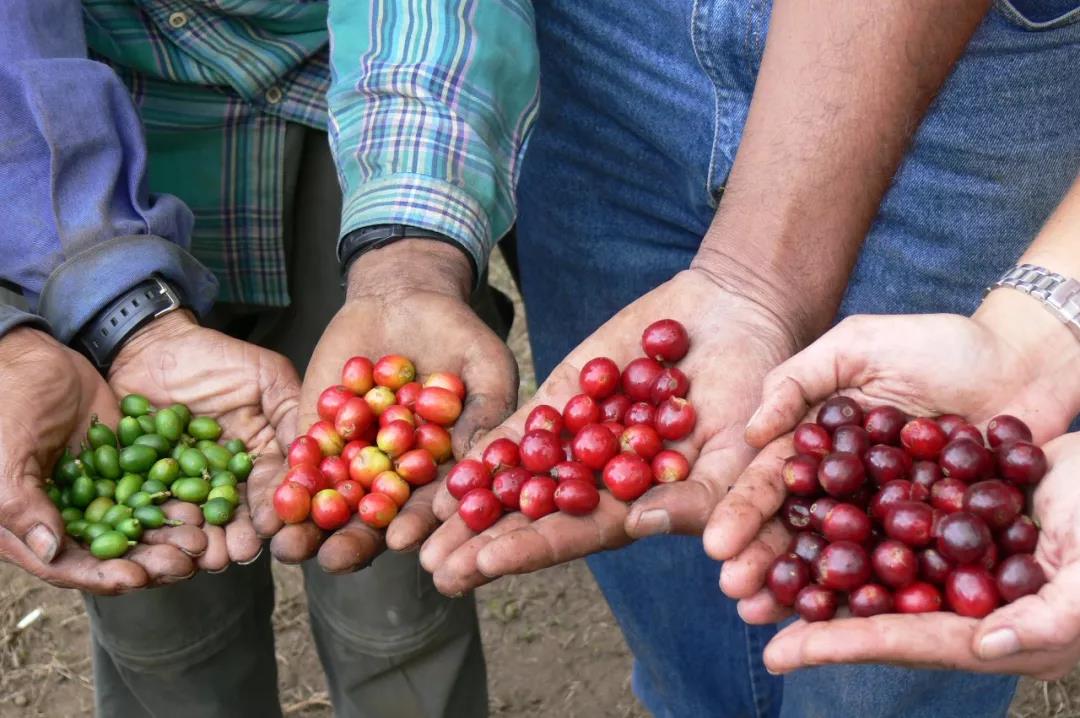
Kaduai is also an Arabica hybrid. It is a hybrid of Mundo Novo Mondonovo (New World) and Caturra Kaddura. It has a good ability to resist natural disasters, especially wind and rain. It inherits the advantages of Kaddura's low stature and changes Mondonwood's shortcomings. Another advantage is that it is not easy to fall off when the strong wind blows, which makes up for the weakness of Arabica fruit, but the overall flavor is more monotonous than Kaddura, monotonous and less mellow, which is the greatest pity. In addition, the fruit growth and harvest life is only about ten years, and the short life span is also one of the weaknesses.
04 | Baking analysis
The granule of this coffee is relatively small, the density is slightly higher, and its water content is medium. The goal of baking is light medium baking, which is different from other medium baking of Panamanian beans. This Hartmann red wine is treated with light medium baking to retain excellent acidity, tropical fruit flavor and red wine-like fermentation flavor, the overall performance of sweet and sour round, fresh and elegant.
In the first batch of baking, the lower bean temperature is relatively high, the bean temperature is 200 degrees, and the firepower is also relatively high. In the process of baking, it was found that the elevation of the bean was relatively low, but the bean quality was hard, so the baking method of gradually lowering the fire and climbing steadily was adopted, and the firepower was adjusted separately before the bean entered the yellow point, the dehydration was finished, and the precursor of an explosion was finished to avoid burning. and choose to come out before the end of an explosion to shorten the time of caramelization reaction and retain the cleanliness and aroma of flowers and fruits.

Roaster Yangjia 600g semi-direct fire
Enter the pot when the furnace temperature is 200 degrees Celsius, adjust the firepower to 170 degrees after opening the throttle for 3 and 30 seconds, keep the throttle unchanged, the temperature recovery point is 1: 39 ", keep the firepower, when 4: 57", the bean surface turns yellow, the smell of grass disappears completely, enter the dehydration stage, the firepower is reduced to 130 degrees, and the throttle is maintained at 3.5 degrees.
After dehydration, the firepower dropped to 80 degrees and black markings appeared on the bean surface at 8: 00, and the smell of toast obviously changed to coffee, which can be defined as a prelude to an explosion. At this time, it is necessary to listen carefully to the sound of an explosion point. "start an explosion at 8: 43", adjust the firepower to 60 degrees, and the throttle should be fully opened 5 (the firepower should be very careful, not so small as to be free of bursting sound), and develop 1: 43 "after an explosion." Put it in the pot at 195.5 degrees.
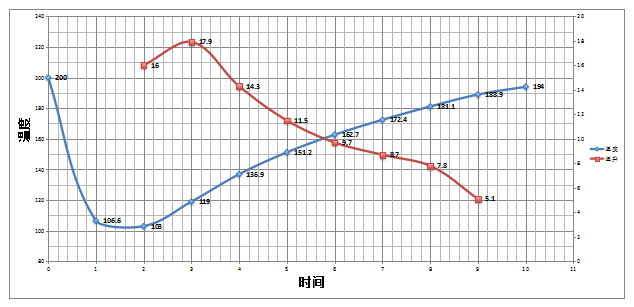
Cup test report
Dried incense: ripe oranges (ripe orange), jasmine flowers (jasmine hints)
Wet fragrance: red wine (winy), honey (honey-like)
Palate: the entrance is supple, the sour taste is lively and bright, sour and soft, rich in layers
Red wine aftertaste, honey, sugar taste obvious, completely cooled, yellow sugar flavor.
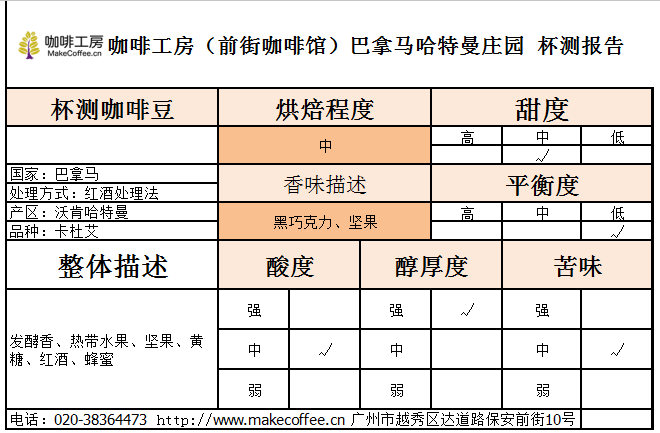
05 | Cooking analysis
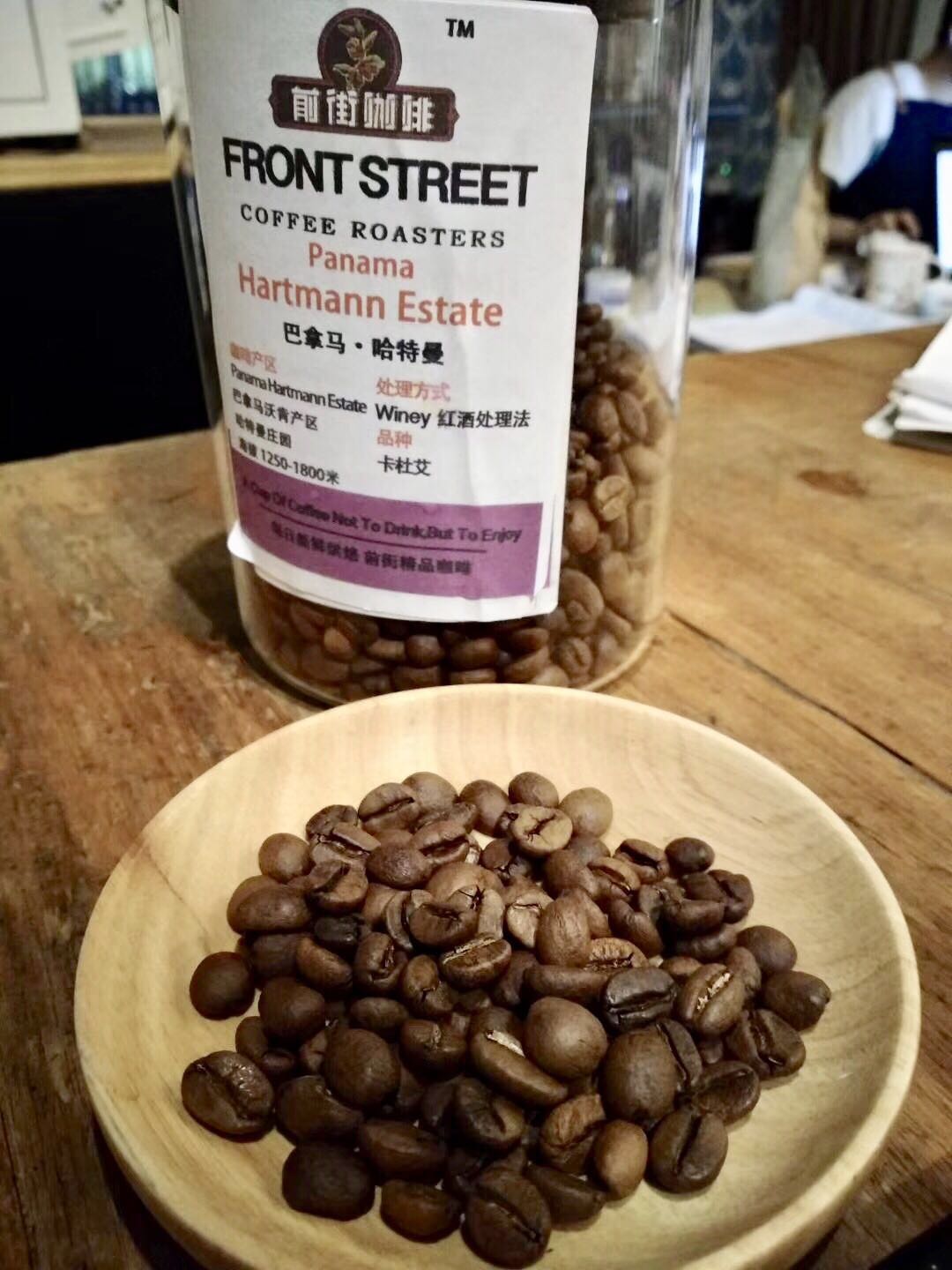
Cooking method
Filter cup: V60 filter cup
Powder dosage: about 15g
Brewing: powder / water ratio: 1:15
Water temperature: 90 degrees
Degree of grinding: medium and fine grinding (sugar size)

Bean grinder
Grinding degree
Powder quantity
Filter cup
Little Fuji
3.5
15g
V60
Water temperature
Stuffy steam
The second stage of water quantity
The third stage of water quantity
Total time 2:00
90 degrees
30g water for 30s
75g
120g
Total water volume: 225g
Sweetness: ☆☆☆
Acidity: ☆☆
Bitterness: ☆☆

This Panamanian coffee bean has a mellow texture, obvious sour and sweet taste, smooth taste of red wine, high sweetness, lively and bright acidity, soft acidity and rich layers. Tropical fruits, nuts, red wine aftertaste, honey, sugar flavor obvious, completely cooled, brown sugar flavor.
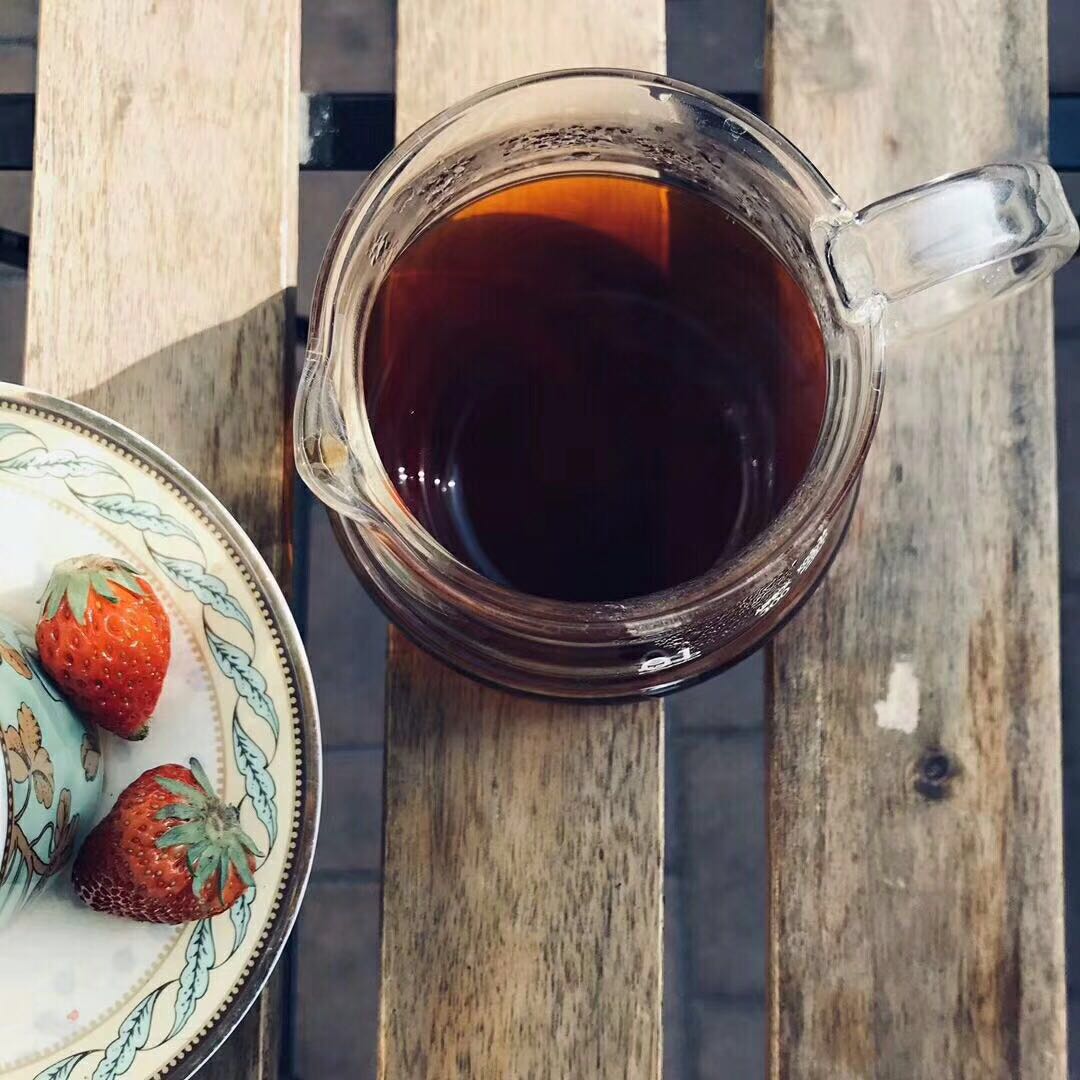
Purchase link: https://item.taobao.com/item.htm?spm=a1z10.5-c-s.w4002-15673140460.29.41ea6d59EUZqHD&id=567292760486
Important Notice :
前街咖啡 FrontStreet Coffee has moved to new addredd:
FrontStreet Coffee Address: 315,Donghua East Road,GuangZhou
Tel:020 38364473
- Prev
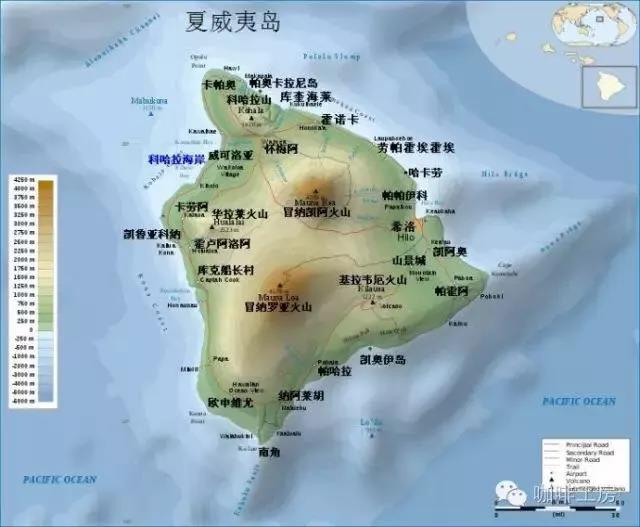
Hawaii KONA feature report | Queen Farm Kona Coffee from Queen's Farm
Hawaii (Hawaii) after nearly two centuries of efforts to grow coffee, the term Kona is almost synonymous with "quality". But historically, it has been a rugged way to grow coffee since it was first introduced to the island in 1825. Even today, it's not artificial.
- Next
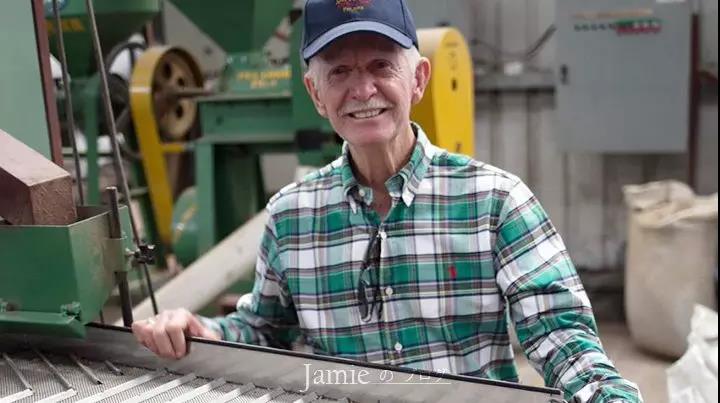
Jensen Manor Rose Summer | Champagne in the Coffee World, Carl Jensen's Jensen Manor Rose Summer Story
Jensen Manor about Jensen Manor the Peterson family in Panama first presented the rose summer variety in 2004, and since then the international community has been crazy about it, calling it the champagne of the coffee world. The 2013 Panamanian Fine Coffee Association awarded the Panamanian Coffee Award with a new finalist Carl Jensen's Jensen Manor Rose Summer. The pronunciation of Geisha is the same as Japanese geisha.
Related
- Detailed explanation of Jadeite planting Land in Panamanian Jadeite Manor introduction to the grading system of Jadeite competitive bidding, Red bid, Green bid and Rose Summer
- Story of Coffee planting in Brenka region of Costa Rica Stonehenge Manor anaerobic heavy honey treatment of flavor mouth
- What's on the barrel of Blue Mountain Coffee beans?
- Can American coffee also pull flowers? How to use hot American style to pull out a good-looking pattern?
- Can you make a cold extract with coffee beans? What is the right proportion for cold-extracted coffee formula?
- Indonesian PWN Gold Mandrine Coffee Origin Features Flavor How to Chong? Mandolin coffee is American.
- A brief introduction to the flavor characteristics of Brazilian yellow bourbon coffee beans
- What is the effect of different water quality on the flavor of cold-extracted coffee? What kind of water is best for brewing coffee?
- Why do you think of Rose Summer whenever you mention Panamanian coffee?
- Introduction to the characteristics of authentic blue mountain coffee bean producing areas? What is the CIB Coffee Authority in Jamaica?

